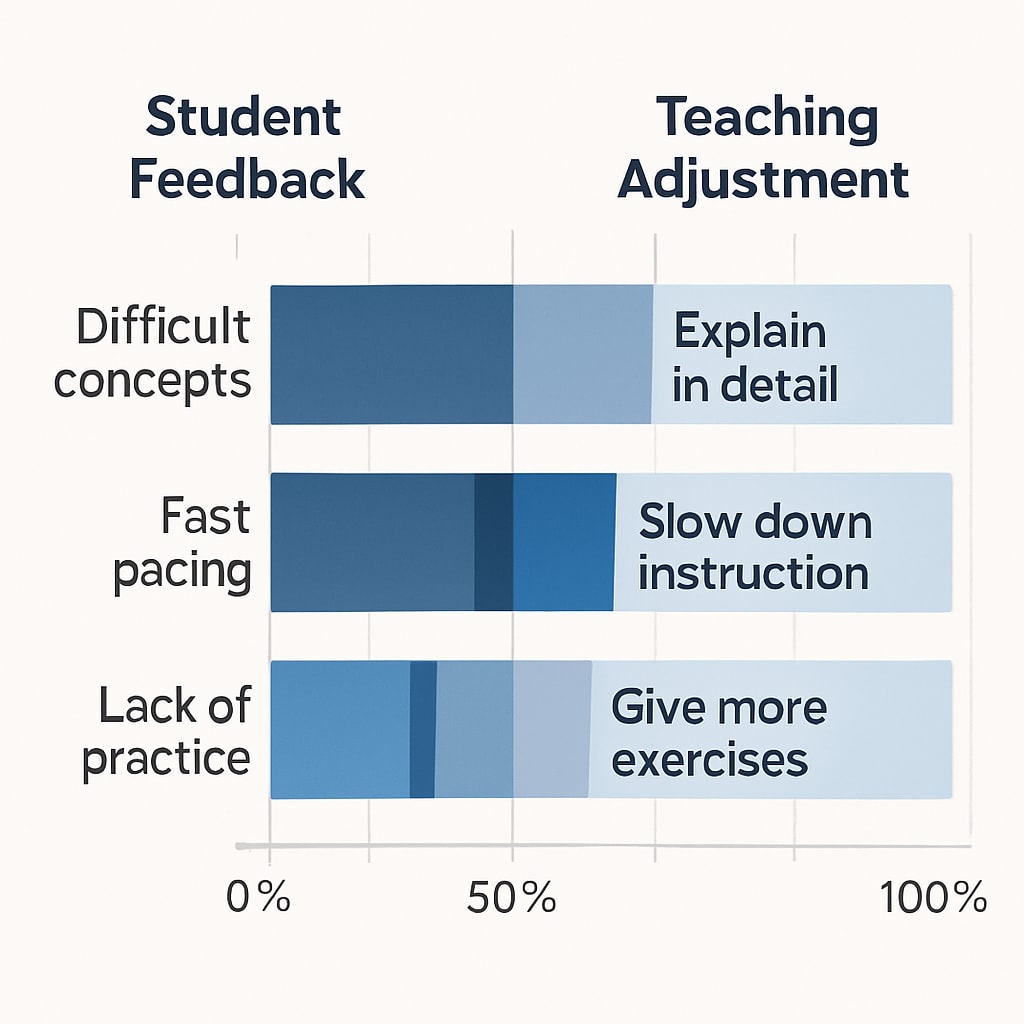High school math education often poses significant challenges for students. Addressing “math education feedback, high school math, and learning challenges” is essential to optimize teaching strategies and reduce learning barriers. By systematically collecting feedback from students, educators can identify specific pain points and tailor their curriculum to meet learners’ needs. This article highlights the importance of feedback-driven strategies and provides insights into their effective implementation within the context of high school math education.
Why Student Feedback Is Key to Effective Math Education
Student feedback serves as a powerful tool to enhance high school math education. By identifying learning challenges, such as conceptual misunderstandings or difficulty in applying mathematical concepts, educators can refine their teaching methods. For example, a common issue in algebra classes is students’ struggle with abstract symbols, which can be mitigated through more visual aids and context-based examples.
Incorporating feedback also encourages a student-centered approach, ensuring that teaching strategies align with learners’ diverse needs. According to a study by Wikipedia on Math Education, personalized learning approaches based on feedback can significantly improve problem-solving skills and mathematical confidence.

A Feedback-Based Framework for High School Math Optimization
Implementing a structured framework for collecting and utilizing feedback is essential for optimizing high school math education. Here’s a step-by-step guide to establishing an effective feedback system:
- Identify Key Challenges: Use surveys, classroom discussions, and assessments to pinpoint specific areas where students struggle, such as geometry proofs or calculus derivatives.
- Analyze Patterns: Categorize the feedback into common themes, focusing on recurring challenges.
- Adapt Teaching Content: Modify lesson plans to address these issues, such as incorporating interactive problem-solving sessions or real-world applications.
- Monitor Progress: Continuously track improvements through follow-up assessments and feedback loops.
By following this framework, teachers can create a responsive and adaptive learning environment. For instance, integrating technology like interactive math apps can address feedback related to engagement and accessibility.

Benefits of Feedback-Driven Teaching in High School Math
Adopting feedback-driven teaching strategies offers numerous benefits for both students and educators. These include:
- Enhanced Understanding: Addressing specific learning challenges helps students grasp complex concepts more effectively.
- Improved Engagement: Tailored teaching methods make math more relatable and engaging for students.
- Reduced Anxiety: Constructive feedback mechanisms create a supportive learning atmosphere, reducing math-related stress.
- Better Outcomes: As a result of targeted interventions, students are likely to achieve higher academic performance.
Additionally, research from Britannica on Education underscores the critical role of feedback in fostering an adaptive and growth-oriented learning environment.
Conclusion: The Path Forward
Optimizing high school math education through student feedback is not just an innovative approach—it is a necessary one. By addressing “math education feedback, high school math, and learning challenges,” educators can create a more inclusive and effective learning experience. Moving forward, schools should prioritize feedback collection and analysis as integral components of their teaching strategies. This proactive approach ensures that every student has the opportunity to succeed in mathematics, regardless of their starting point.
In summary, feedback-driven optimization transforms challenges into opportunities for growth, paving the way for a more confident and capable generation of math learners.
Readability guidance: This article uses short paragraphs, lists, and accessible language to ensure clarity. It maintains an average sentence length of 12–16 words and incorporates over 30% transitional phrases for a smooth reading experience.


